Visit these lesser-known safari destinations outside of Africa that will bestow on you some of the most rewarding travel experiences.
Last updated: October 28, 2025
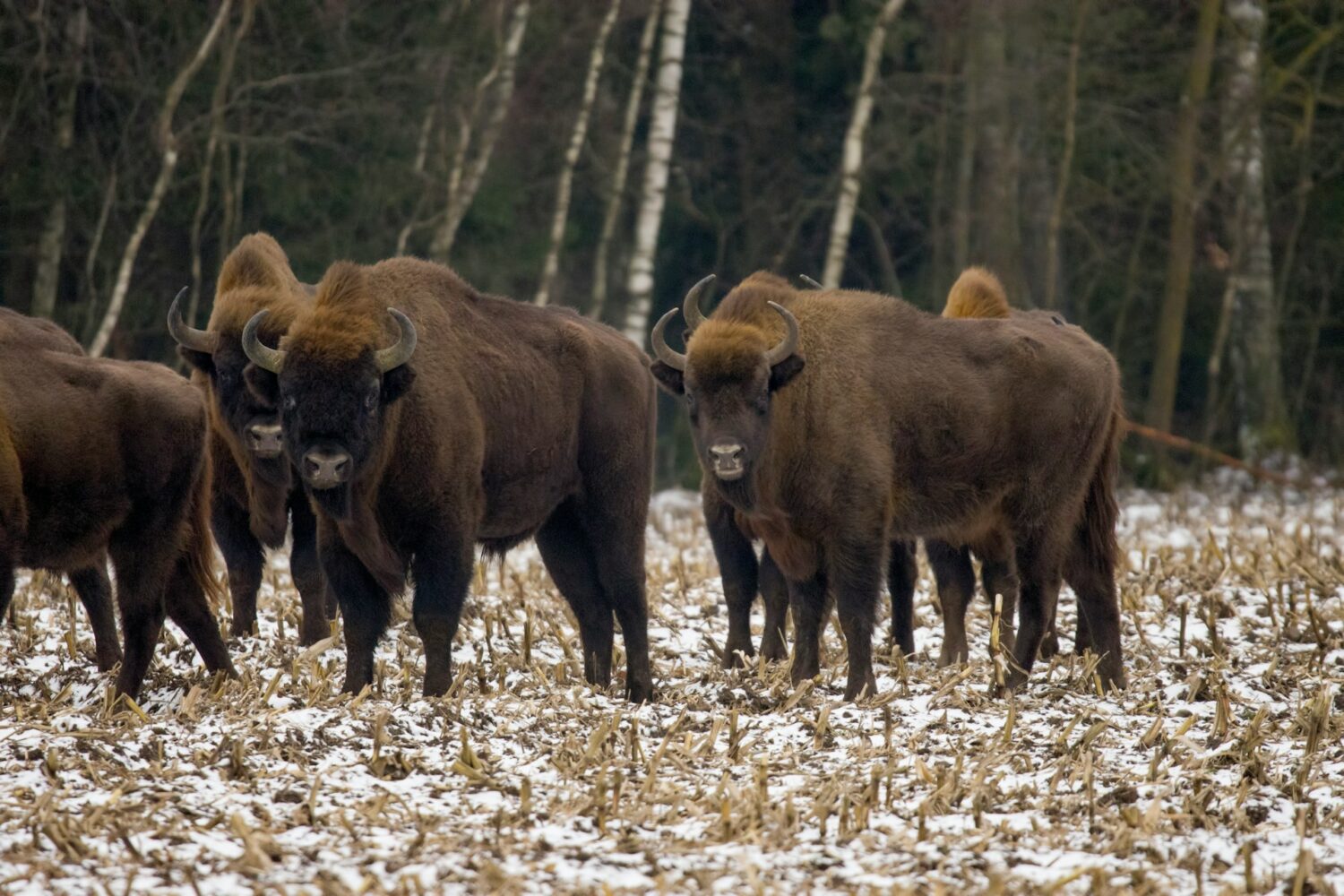
Safaris off the Beaten Path
Seeing wild animals in their natural habitat is the epitome of any adventure. A bear scrambling through the bushes or an elk grazing on a field is a sight to behold. Spotting a herd of wild animals is a visual treat worth traveling across the world. This is exactly what makes an African safari, a home to the “Big Five” animals, so irresistible.
But there is also a rather unorthodox safari, a journey that takes you off the beaten path to coldest places of North America, vast prairies of Europe, and deepest corners of Asia. Different animals cross your path in these lesser-known wildlife destinations. From royal tigers to hungry polar bears and wild horses, these safari experiences give you a unique opportunity to see rare animals.
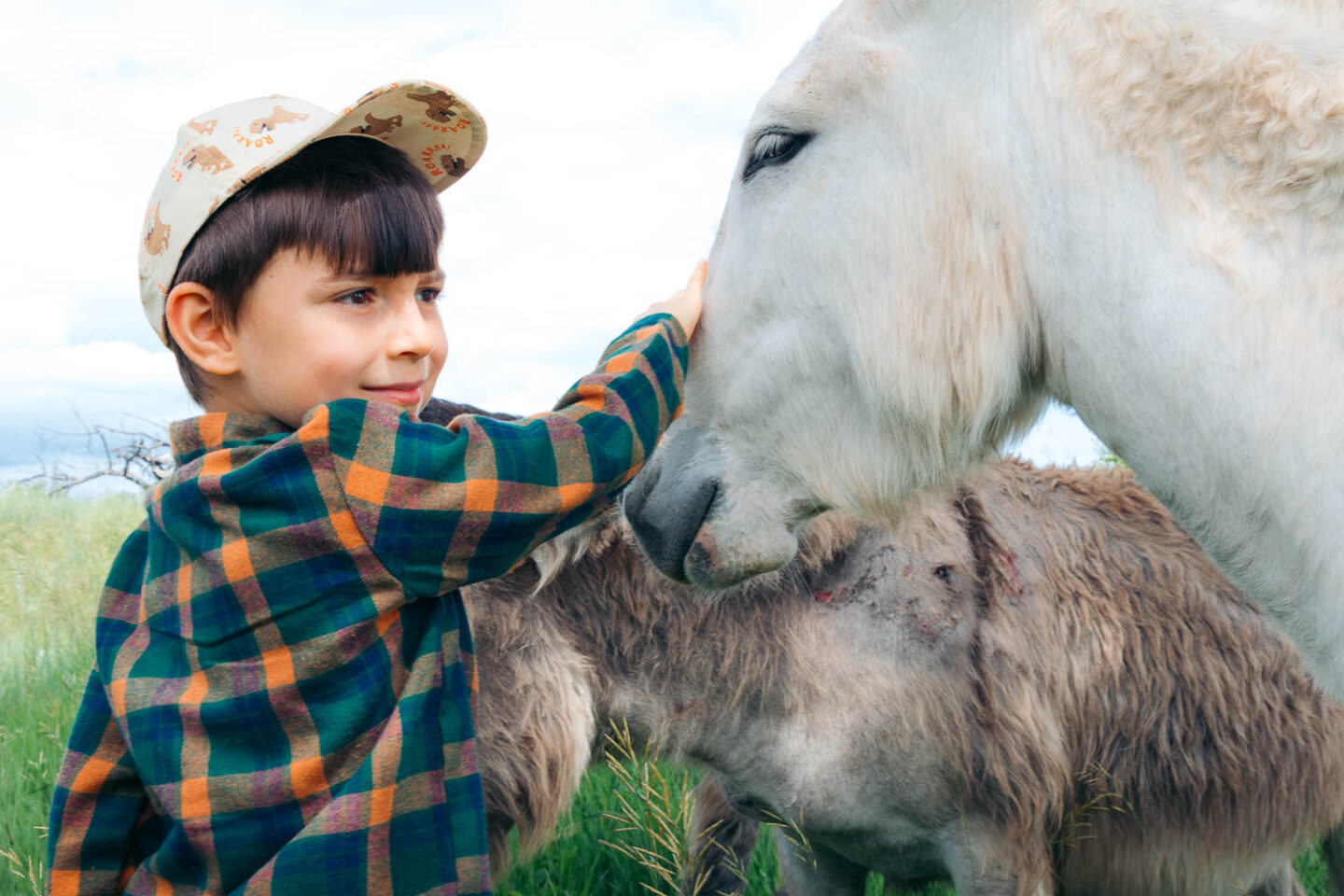
THE 7 LESSER-KNOWN SAFARI DESTINATIONS THAT ARE NOT IN AFRICA
SAFARI DESTINATIONS IN ASIA AND OCEANIA
1. Bandhavgarh National Park, India
Nestled in Madhya Pradesh, a state in central India, Bandhavgarh National Park offers some of the best safari experiences for tiger enthusiasts. The area has one of the highest densities of Royal Bengal tigers.
More than 110 endangered animals live and hunt in the park. Considering that only a few thousands of the species remain in the world, this safari experience greatly increases your chances of viewing Bengali tigers in their natural habitat.
White tigers are said to also freely roam across Bandhavgarh National Park. Yet no species have been encountered in the park for the past half century. These animals are extremely rare. Nowadays you can see them only in certain zoos.
Other Wildlife: Apart from trekking elusive Royal Bengal tigers, you can see leopards, sloth bears, elephants, langurs, and various species of deer and birds on a safari ride in Bandhavgarh National Park.
Best Time to Go on Safari
- October to March is the peak time for safari trips in Bandhavgarh National Park. The region looks lush and rejuvenated after the monsoon months.
- During the dry season (March until May), vegetation wilts, but spotting tigers in the wild becomes easier.
- Bandhavgarh National Park is closed during the monsoon season, from July until mid-October.
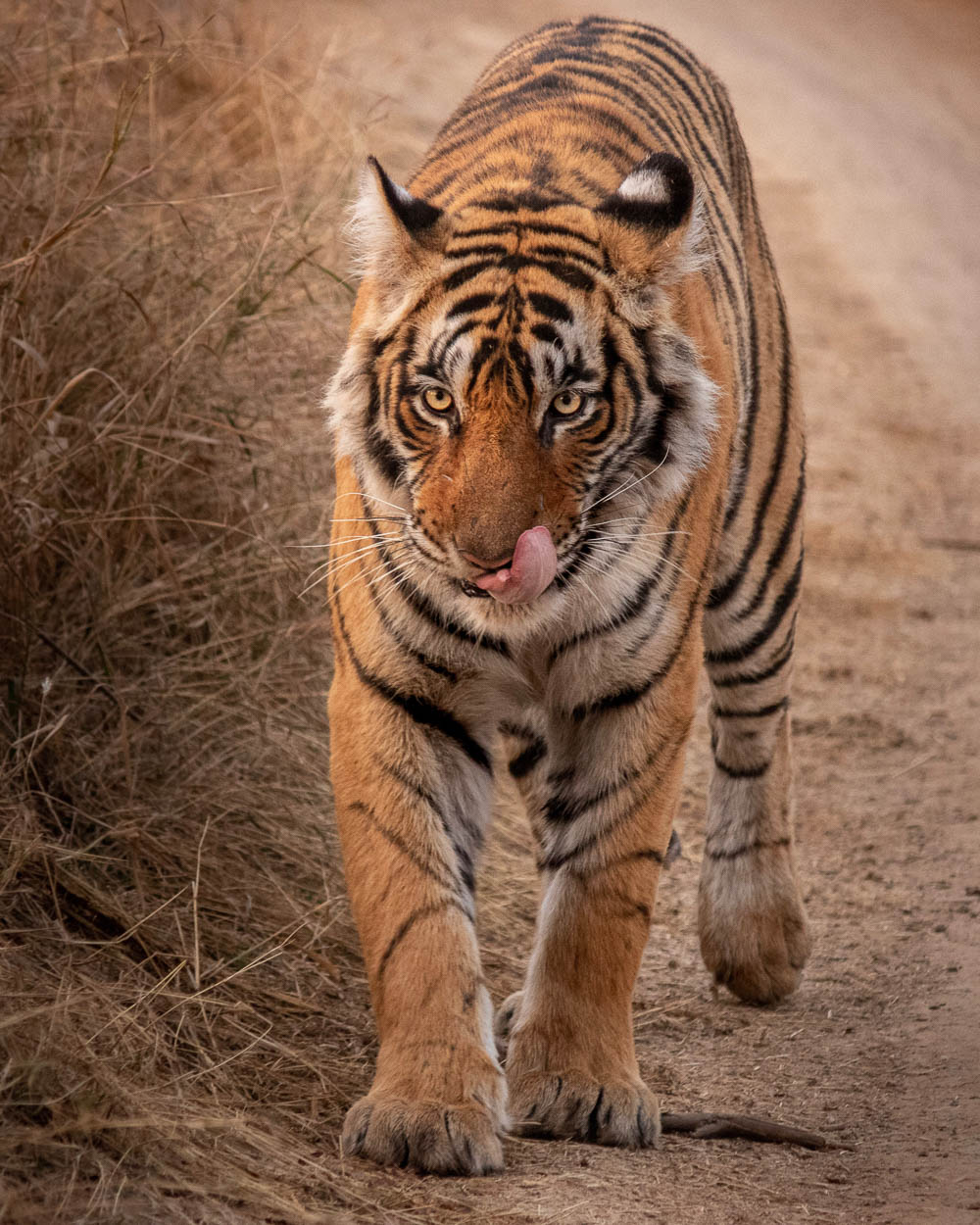
2. Chitwan National Park and Bardia National Park, Nepal
Nepal has a plethora of alluring destinations. But when it comes to memorable safari experiences, nothing comes close to a visit to Chitwan and Bardia National Parks.
“Chitwan” literally means the “Heart of Jungle”. Nestled roughly five hours away from Kathmandu, the lash tropical forest is home to Royal Bengal tigers, one-horned rhinoceros, wild elephants, spotted leopards, gharial crocodiles, blue bulls, and a wide range of bird species.
Not as popular as some African safaris, even such lesser-known destinations as Chitwan National Park can get crowded. Bardia National Park is an entirely different story. The park is located in a remote part of southern Nepal and offers some of the most undisturbed safari experiences in the country.
Wildlife viewing opportunities here are unmatched. From Bengali tigers, to wild Asian elephants, one-horned rhinoceros, swamp deer, gharial crocodiles, and Gangetic dolphins, Bardia National Park offers a refuge to some of the rarest and endangered species.
Best Time to Go on Safari
- The dry seasons are the best times to go on safari.
- In Chitwan National Park, the best wildlife watching opportunities present themselves from October until May. The bird watching season normally lasts from December until March.
- Bardia National Park reserves the best safari experiences for the months of September to December and March to May.
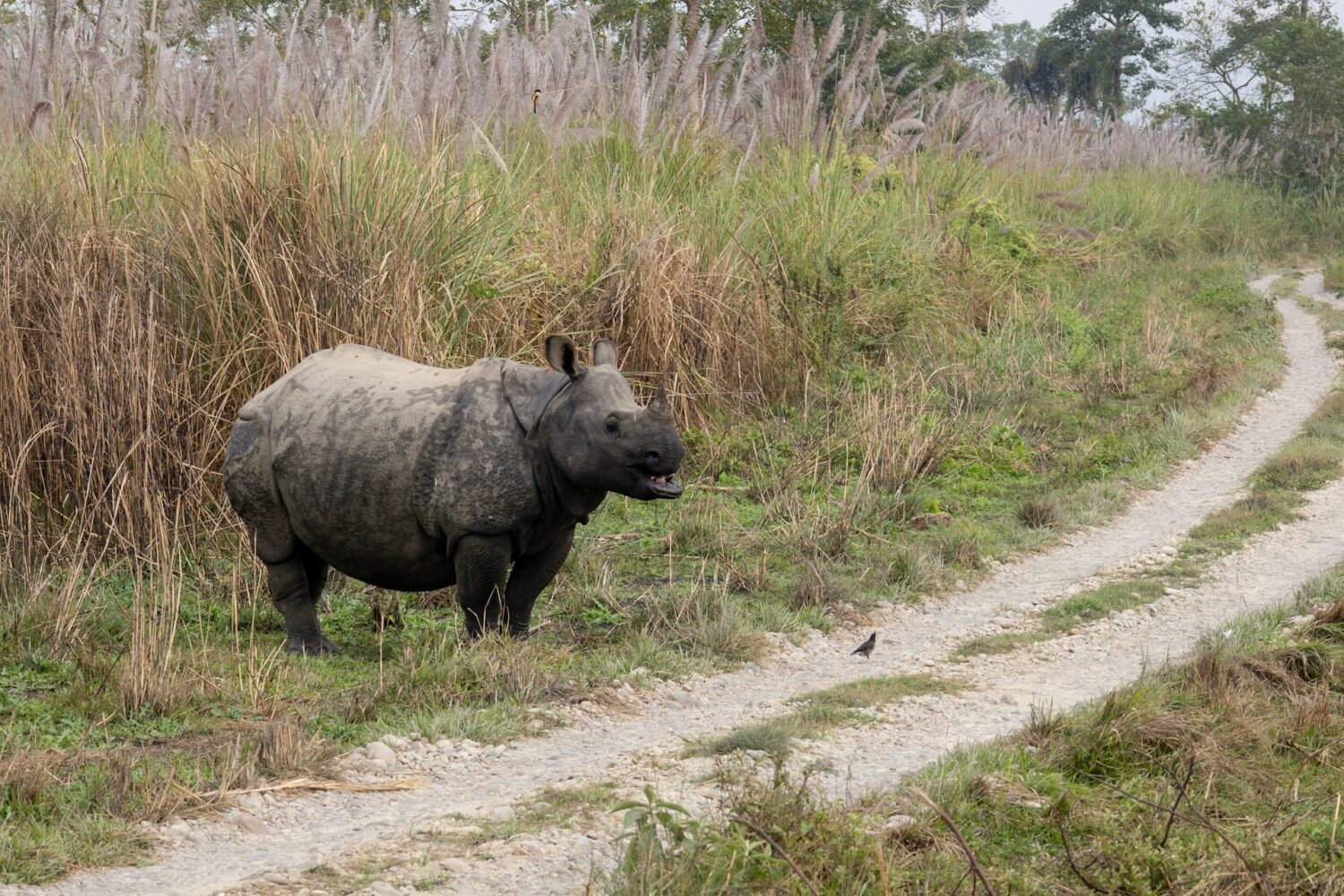
3. Kakadu National Park, Australia
A World Heritage Site, Kakadu National Park is a large, biodiverse reserve in the northern part of Australia. Before it lured visitors as one of the world’s most unique safari destinations, the region has been inhabited by Aboriginal people for more than 50,000 years.
Learning the history of the Aboriginal clan groups is an essential part of a cultural safari experience. Other excursions let you plunge into the world of natural wonders and diverse wildlife, which includes saltwater crocodiles, river sharks, Agile wallabies, wallaroos, fallback turtles, and other wild creatures.
Best Time to Go on Safari
- The dry season (May to October) is the best time to go on a safari in Kakadu National Park.
- Heavy rains during the wet season (November to April) impact accessibility to the secluded areas of the park.
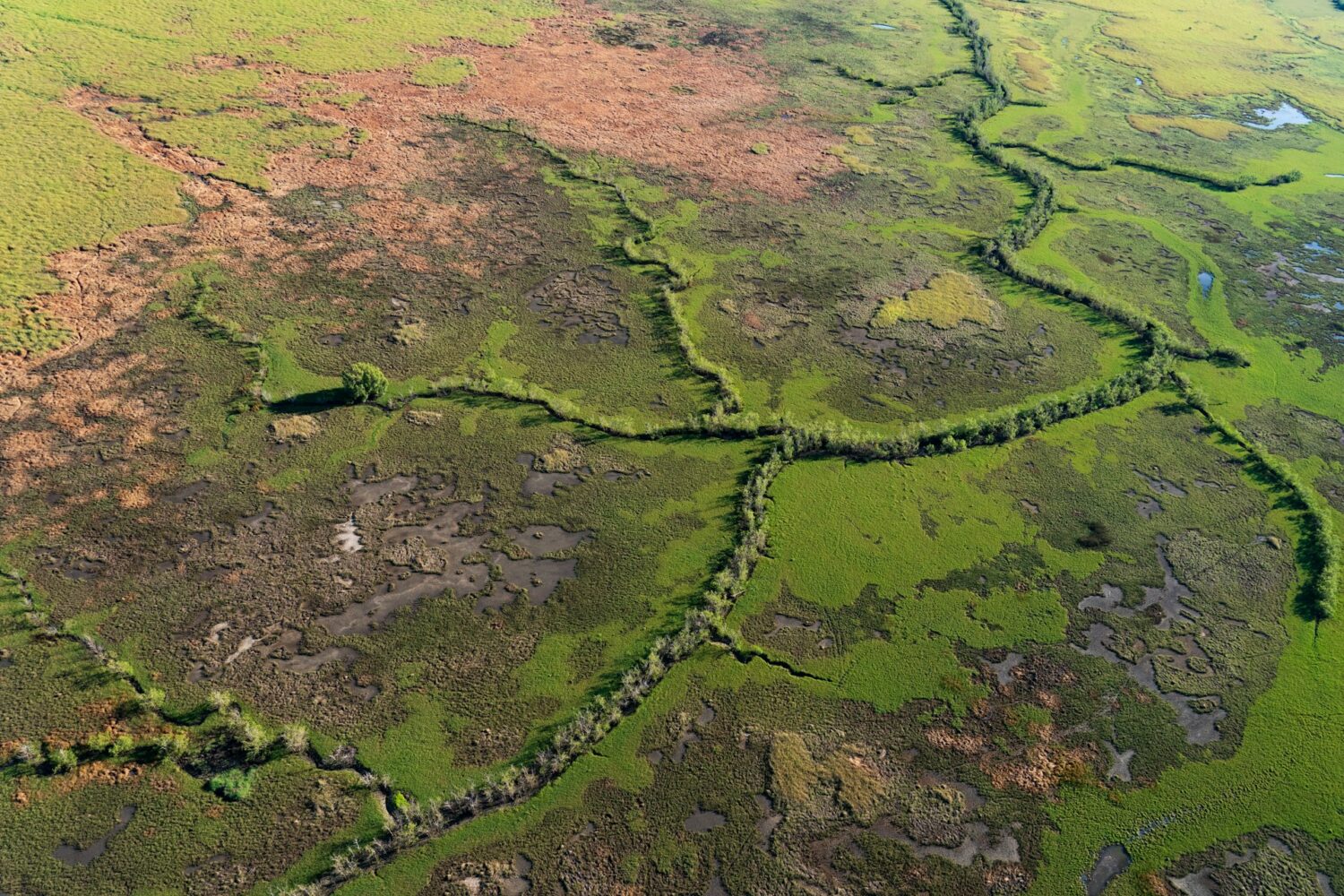
SAFARI DESTINATIONS IN NORTH AMERICA
4. Churchill, Canada
A small town in Manitoba, Canada, Churchill is the world’s primary destination for polar bear viewing. The Arctic mammals permanently “reside” in the area for a few weeks during their fall migration. The bears pass through the town and congregate near the coast where they wait for the Hudson Bay to freeze over. Once the ice is thick enough to hold them, their seal hunting season starts.
In the summer, when most polar bear safaris are on hold, beluga whales migrate back into the Churchill River. This marks the beginning of the whale-watching excursions.
Winters don’t bring many wildlife safari opportunities. Instead, at the darkest of the night, the sky above Canadian town dazzles with multicolored tails of the Aurora Borealis.
Best Time to Go on Safari
- The best time for polar bear safaris is late October until early November.
- The peak time to watch whales in Churchill is mid-July through early August.
- The winter season (January through March) brings back the Northern Lights.
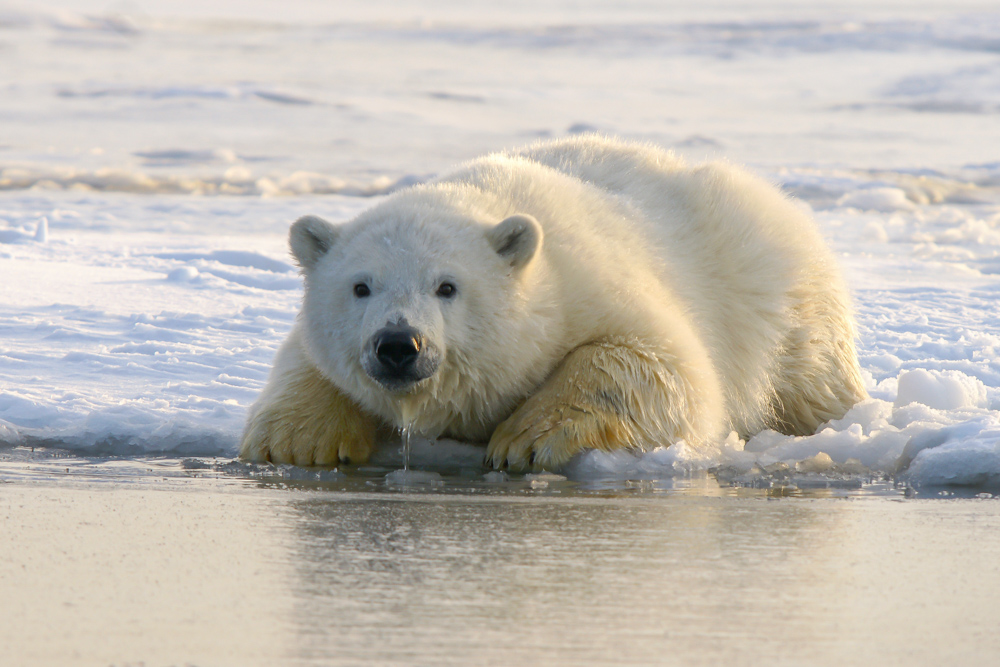
5. Custer State Park, USA
A scenic area in South Dakota, Custer State Park is known for its buffalo safari tours. The wildlife viewing excursions take place every day and go off the beaten path in search of pronghorns, elk, and buffalo (American bison).
Not that long ago, bison was almost extinct in North America. South Dakota started the slow, but rewarding process of reintroducing the species back into the Black Hills. Today, Custer State Park shelters one of the largest public bison herds in the country.
Once a year, normally on the last Friday of September, the park holds an annual Buffalo Roundup to count and manage the size of the wild beasts. The event is free and offers excellent wildlife watching opportunities.
While we hoped to see a wide range of animals inhabiting Custer State Park, one species in particular piqued our curiosity. The park is home to feral burros. You can spot them along Wildlife Loop Road or on a safari tour, farther off the beaten path.
Best Time to Go on Safari
- The park offers safari tours year round. During the winter months (November through April), however, the guided wildlife excursions are fewer in numbers.
- You can go on a self-guided safari tour along Wildlife Loop Road year round. The best times to spot wild animals are the early morning or late evening.
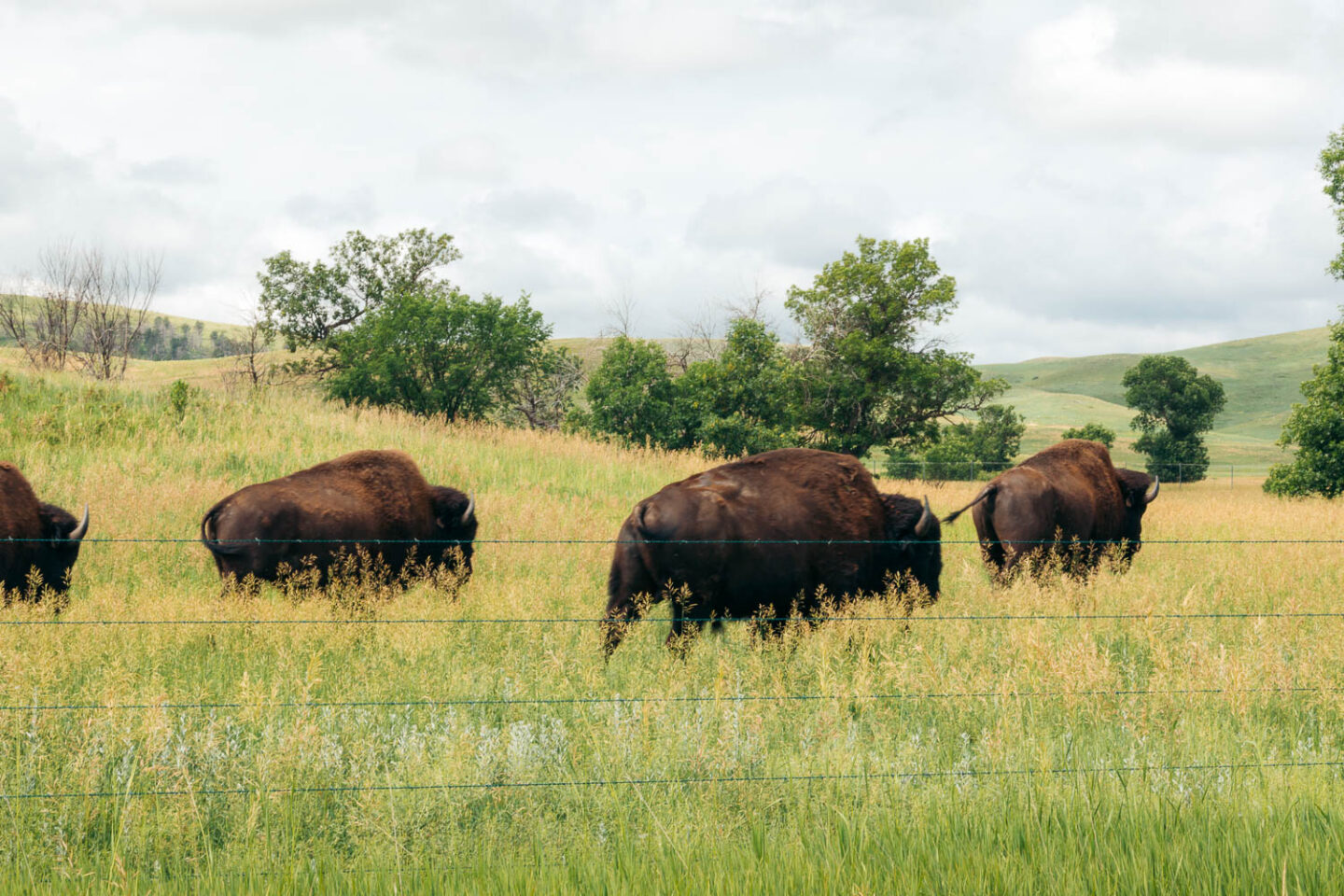
SAFARI DESTINATIONS IN EUROPE
6. Białowieża Forest (or Belovezhskaya Pushcha), Poland and Belarus
Bison (this time European bison) also faced an almost complete extinction in Eastern Europe. Where once herds of wild animals roamed, only a few remained by the beginning of the 20th century. A careful reintroduction program in the Białowieża Forest brought the mighty beasts back.
The Białowieża Forest (Polish) or Belovezhskay Pushcha (Belarussian) is one of a few remaining primeval forests in Europe, recognized by UNESCO as a World Heritage Site. The vast area is nestled on the border between Poland and Belarus. It’s known for European bison safari and other wildlife viewing.
The Best Time to Go on Safari
- The king of the forest, as bison is known here, is more active during the colder months (fall and winter), presenting excellent wildlife watching opportunities.
- During the summer months, bison normally look for cool shelters in the depths of the forest.
- The optimal time to go on a bison safari is early morning or evening.
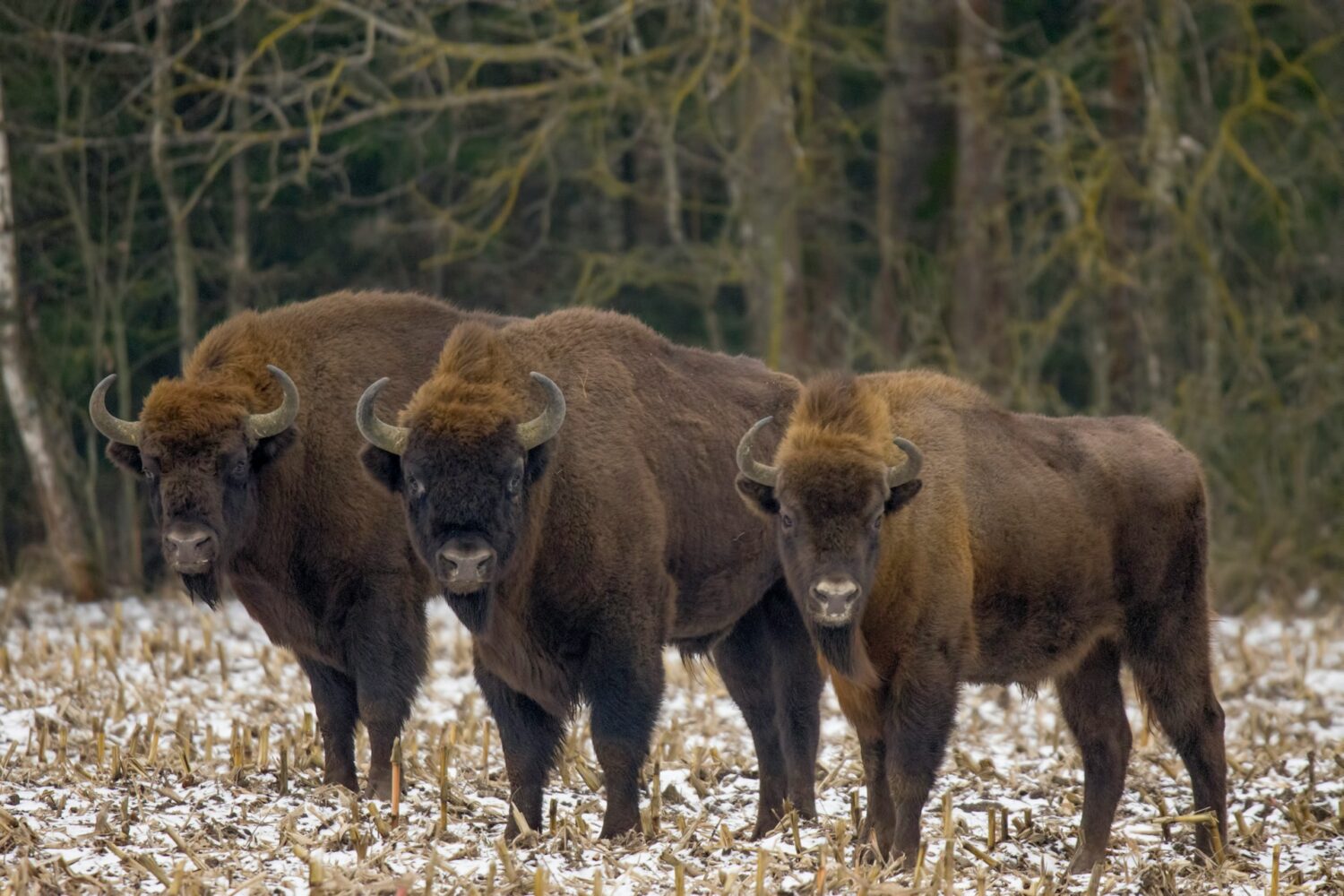
7. Merfelder Bruch Nature Reserve, Germany
Probably one of the most unthinkable safaris is not in Africa or even Asia with its exotic endangered wild animals, but near the small town of Dülmen in northwestern Germany. Merfelder Bruch Nature Reserve is home to the last herd of wild horses in Europe.
The area can fit up to 400 animals that wander freely and undisturbed all year round. People don’t intervene in the wild horse “business” except for annual round-ups. On the last Saturday of May, young stallions get captured by bare hands and auctioned. The event not only offers unparalleled safari experiences, but is necessary to maintain the adequate number of wild horses in the reserve without depleting its resources.
The Best Time to See Wild Horses
- May until September is the best time to view wild horses near Dülmen.
- The animals are most active early in the morning or late in the afternoon.
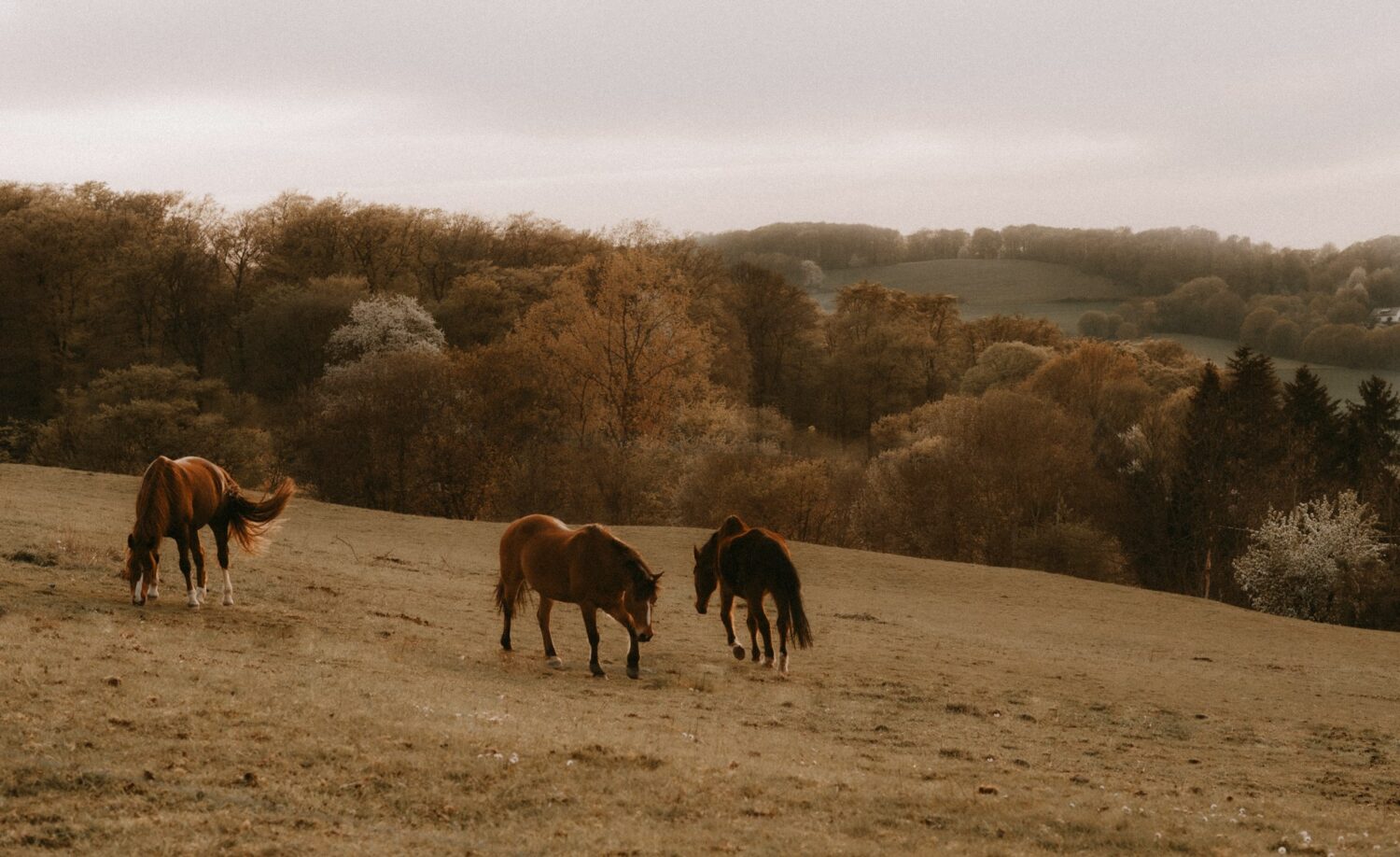
Things to Know before Visiting Lesser-Known Safari Destinations
Visa Requirements
Nothing can spoil a safari experience more than some unanticipated visa issues. Rescheduling a flight because of the late arrival of your passport with an approved entry authorization can hurt your wallet and cause you to lose much of your zest for the trip.
So, apply for visa or any other travel authorizations as soon as you choose your safari destination. Visa processing can take anywhere from a few hours up to 7 or more days. You can consult official embassy or consulate websites to learn about travel requirements or seek assistance from reliable sources.
TIP: UK passport holders can get expert advice and learn everything about application requirements and processing time on ontrailvisa.co.uk
Vaccination Requirements
Some countries may require you to show proof of vaccination against specific diseases. Make sure to contact the embassies or consulates of the countries you are planning to travel to. Additionally, check out the Center for Disease Control and Prevention Travel Health website for immunization recommendations for international travelers.
Reliable Safari Guides
Tiger safaris are some of the most unpredictable wildlife viewing endeavors. If you go on a wildlife safari in Africa, there is a high probability that you will spot all animals (often even more) that you long to see in the wild. Chances of seeing a tiger in its natural habitat are generally slim.
Tigers are for most part solitary creatures. Trekking them requires an extensive knowledge and great understanding of animal behavior. So, do you research and hire an expert guide to increase your chances of spotting wildlife on a tiger safari.
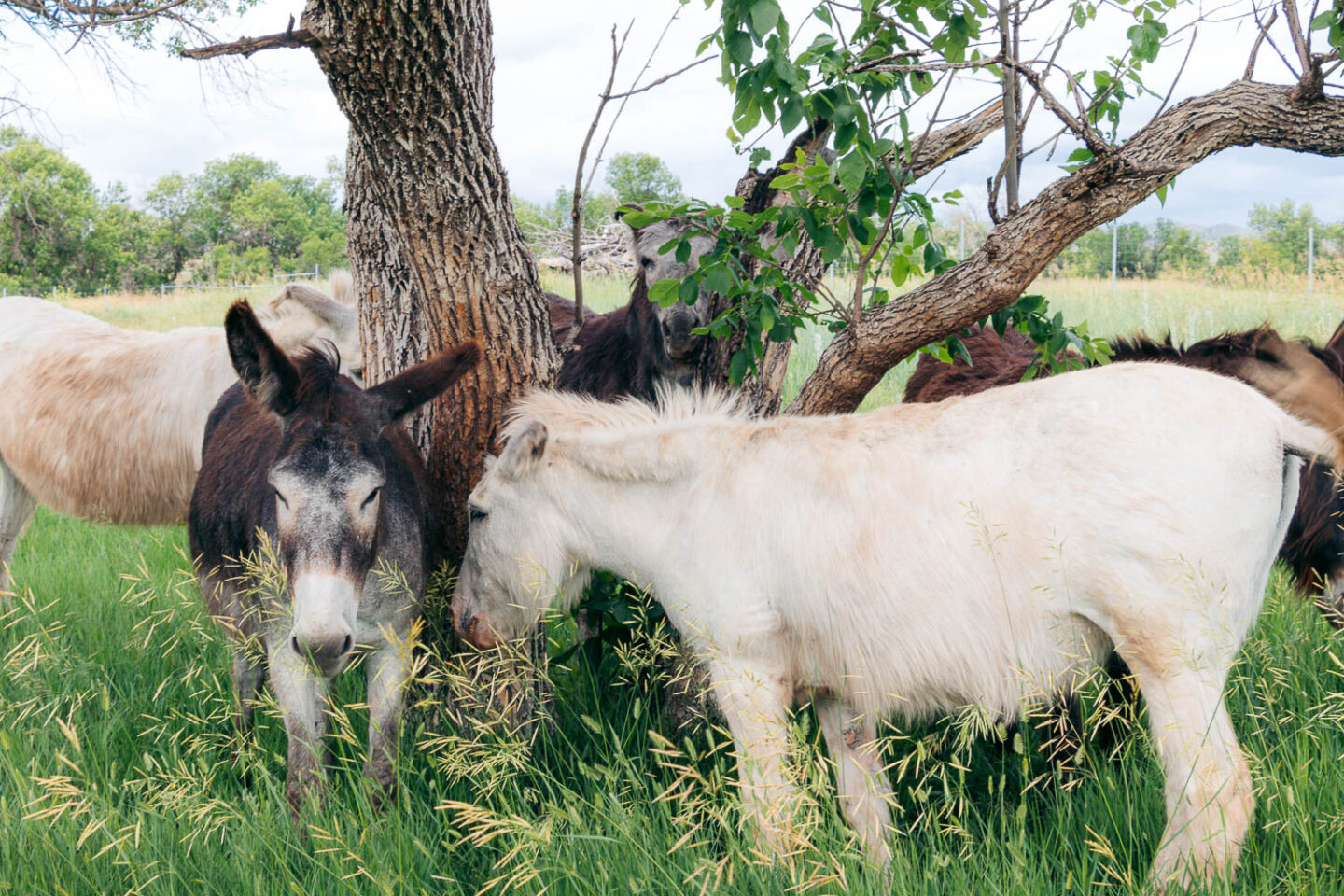
Read Next
- GRAND TETON NP: 5 Iconic Photo Spots in Grand Teton
- CALIFORNIA COAST: Where to See Marine Wildlife in California
- MONTANA: 5 Best Places to See and Photograph Wildlife in Glacier Park
- HAWAII: Where to See Turtles on the North Shore of Oahu, Hawaii
- ROCKY MOUNTAINS: Wildlife in Rocky Mountain National Park